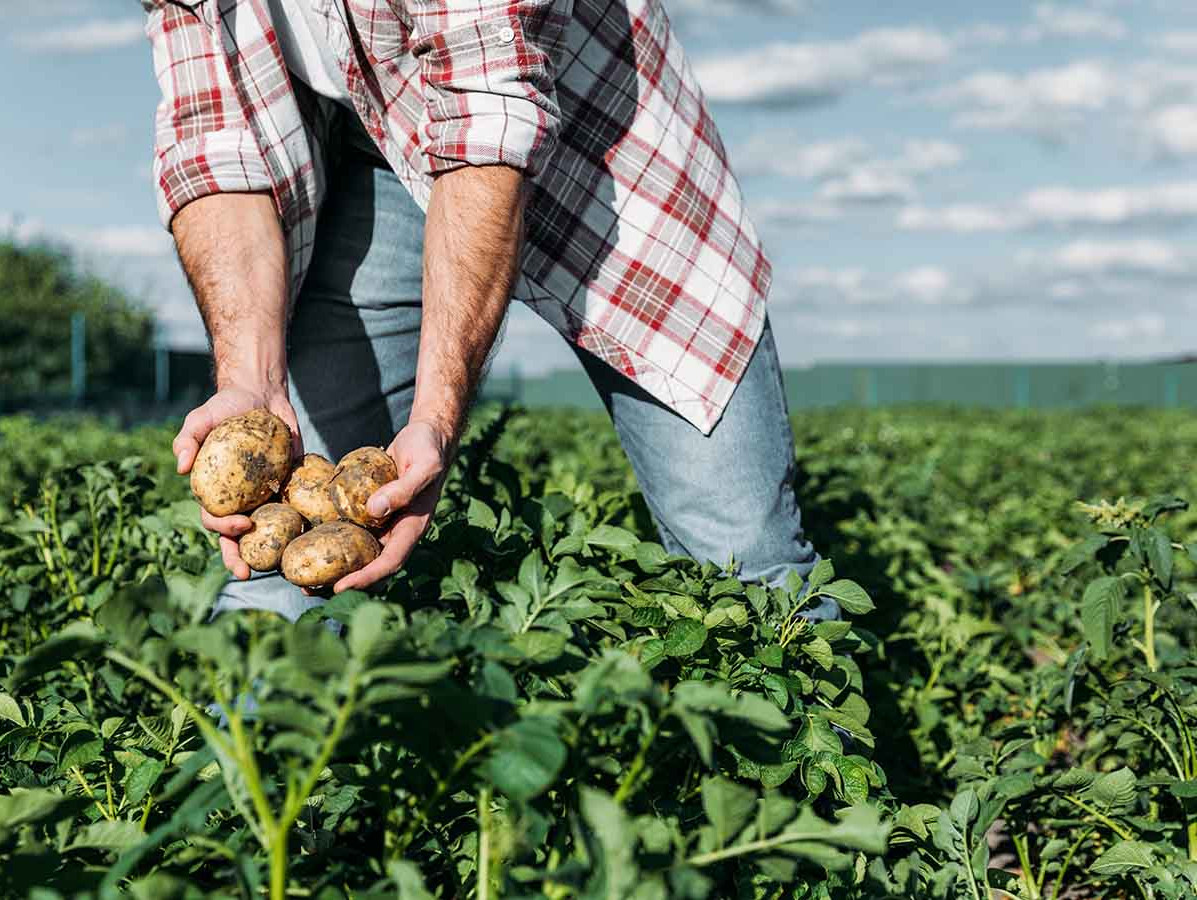
In the past year, the organic agricultural area in the Netherlands has experienced significant growth, according to recent data from the Central Bureau of Statistics (CBS). This growth amounted to 6.6 thousand hectares, equivalent to more than 9 thousand football fields. Currently, the organic area covers 80.9 thousand hectares, accounting for 4.5 percent of the total agricultural area.
The Ministry of Agriculture, Nature, and Food Quality (LNV) has introduced an ambitious action plan: the growth of organic production and consumption. This plan aims for 15 percent of the total agricultural area to be organic by 2030. To achieve this, an average annual increase of 26 thousand hectares of organic area is required.
Remarkably, the largest growth of the organic agricultural area in 2023 was observed among existing organic farms, with an increase of 6.5 thousand hectares. Simultaneously, there were 5.4 thousand hectares of new organic area certification, while there was a decrease of over 5.3 thousand hectares due to business closures or the reassignment of plots.
Of the total organic area in 2023, 47.5 percent came from organic dairy farms, amounting to 38.5 thousand hectares. This represents a growth of 7.1 percent compared to the previous year. In the arable farming sector, the second-largest sector, 16.3 percent of the area was organically certified.
The number of organically certified farms increased by 1.7 percent in 2023 to approximately 1.9 thousand. Compared to 2015, this is a 5 percent increase. In addition to the certified farms, there were nearly 200 agricultural businesses in transition to organic. In total, the Netherlands had 531 organic dairy farms, of which 332 were fully organic.
These figures highlight the steady growth of organic agriculture in the Netherlands, with both the area and the number of certified farms increasing significantly. The transition to organic farming appears to be a lasting trend in the Dutch agricultural sector.
Source: CBS